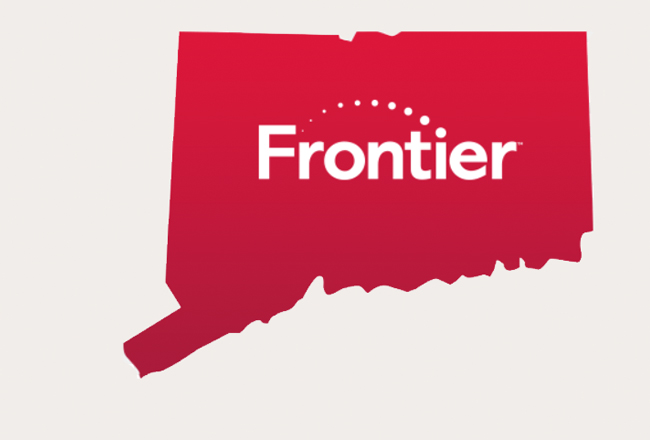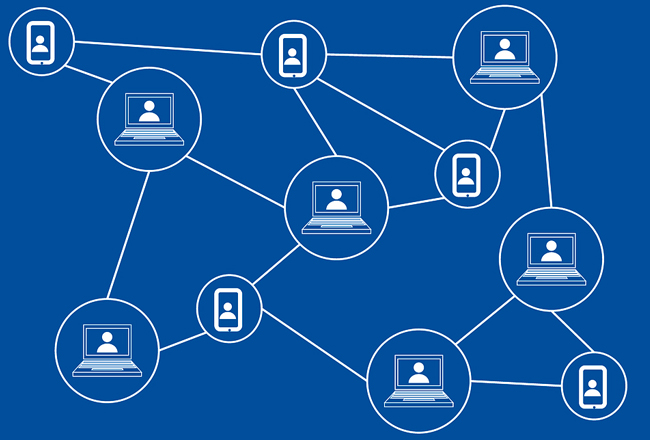Fintech programs may have made it more convenient to conduct everyday banking and finance transactions through electronic portals, but with internet-based services being vulnerable to cyberthreats and phishing scams, balancing the ease of online banking with an astute attention to cybersecurity is crucial to safeguard personal and business finances from cybercriminals and harmful malware.

To be most effective, financial cybersecurity ”“ that is, the protection of money accounts against digital invaders ”“ requires a multipronged approach, including efforts by financial institutions on one side, and end-users on the other, namely, individuals and businesses that have banking and financial accounts.
Financial institutions are well aware of the critical need to implement effective cybersecurity tactics to protect their clients ”“ and themselves ”“ from cyberattacks and potential losses. Most of the companies invest deeply in IT teams that implement stringent cybersecurity tactics to safeguard their programs and accounts against current and future threats, often an on-going, involved and time-consuming effort.
While customers may be assured to know their banks and financial firms have and continue to take protective measures against cyberthreats, according to a recent FICO report, many people also are frustrated by the inconveniences resulting from those defensive strategies, including ones implemented across various industries. Per the report”™s survey of American adults, although findings show that more than half of them have been victims of banking fraud, 80 percent don”™t see the need for what they feel are unnecessary procedures and 71 percent are confident of their bank”™s ability to check and verify account holders and prevent fraud.
As commendable as many reputable financial institutions”™ cybersecurity efforts are, individual and companywide attention to securing their fiscal accounts from cyberthreats supports ones that banks and financial companies have in place, adding protective layers of against possible loss.
Following are defensive steps to help keep financial and other personal and business accounts from threats posed by cybercriminals, as recommended by the Federal Deposit Insurance Corp:
- Monitor your tablet and smartphone, including not leaving them unattended, keeping up with operating system and app updates, using password accessibility and engaging “auto-lock” features for periods of inactivity. Also, research apps of interest before downloading them and confirm your financial institution”™s mobile download portal.
- Safeguard your computer with malware protection software, along with a firewall to guard against unauthorized computer access, automatic update engagement and strong log-in authentication to financial accounts, including complex and regularly changed passwords with upper- and lower-case letters, numbers, and symbols.
- Be attentive when using the internet, including connecting with trustworthy websites, logging out of financial accounts after use, and being suspicious of unsolicited emails, especially those with dubious downloadable attachments and links.
- Use only a personal device for internet usage, accessing the web through trusted and secure connections; free Wi-Fi networks at remote locations may not be safe. Also, keep access information to your social media sites private and be wary of unsolicited invitations made through them.
Supporting banks”™ and financial institutions”™ strategies against cyberattacks by using smart and common-sense internet protocols can help people and businesses keep their financial accounts secure while maximizing their ability to access the information through their computers and mobile devices.
David DeMilia is senior vice president, senior commercial lending manager for Tompkins Mahopac Bank. He can be reached at ddemilia@tompkinsfinancial.com.




















